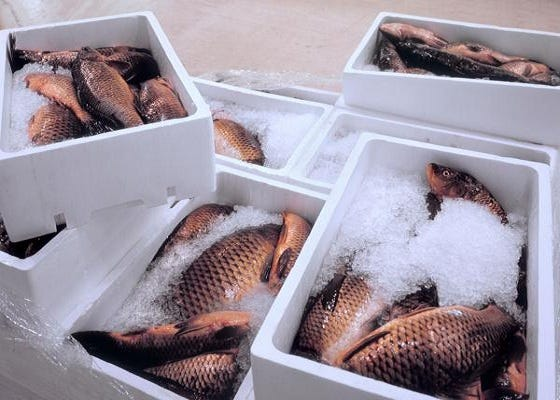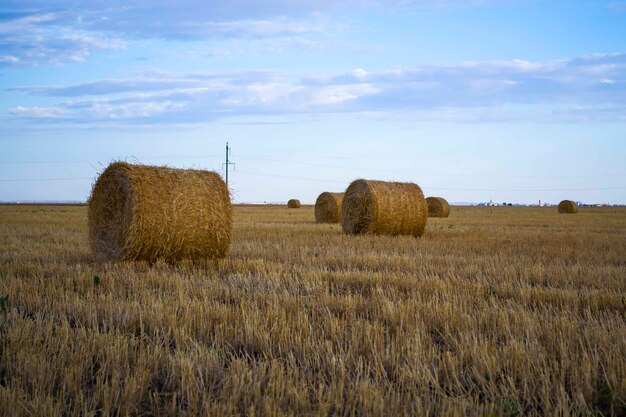Ban on expanded polystyrene in seafood transportation

Traditional polystyrene boxes are being phased out under WA’s plastic ban.
It turns out the seafood industry of Western Australia has already started moving beyond the expanded polystyrene (EPS) boxes utilized to deliver fresh catches. Part of this can be attributed to a state-wide ban on some products made of EPS as part of the plan to reduce plastic waste and pollution–Plastics. In the recent past, EPS has offered a suitable alternative packaging of seafood given its characteristic of insulation and light weight. But it may require over 500 years to decay under landfill conditions.
The 28 months transitional period gave the business time to seek other appropriate alternatives. At this stage, the industry stakeholders and the researchers and innovators worked together so that the substitute supply material can pass the regulatory and functional requirements. It also came at the time of the annual Plastic Free July campaign that only solidified the efforts of the state to minimize the use of single-use plastics.
Development of biofoam boxes from wheat straw
A new alternative to EPS is emerging through the Bioplastics Innovation Hub, a collaboration between Murdoch University and CSIRO, alongside Perth-based biotechnology company Cass Materials. This partnership has developed biofoam seafood boxes using wheat straw, an agricultural by-product often burned in no-tillage farming systems.
Cass Materials’ chief executive Gary Cass said Western Australia produces about 10 million tonnes of wheat straw each year, with much of it retained on farms. By repurposing this material, the industry can reduce agricultural waste and produce a sustainable, fossil-free packaging solution for seafood and other fresh foods.

Western Australia produces about 10 million tonnes of wheat straw annually
Environmental benefits of biofoam technology
Biofoam boxes differ from EPS by decomposing completely within a few months. They are home compostable, lightweight, and hydrophobic, allowing them to retain ice and water during transportation. According to Murdoch University research, agricultural soils in the state now contain about 23 times more microplastics than oceans. The biodegradable nature of biofoam helps address this problem while improving soil organic matter after disposal.
The technology also supports the reduction of fossil-based plastics in the supply chain. By introducing biofoam into seafood packaging, the industry aligns with state regulations and responds to consumer demand for environmentally responsible products.
Meeting seafood industry requirements
Researchers at the Bioplastics Innovation Hub testing biofoam durability and water resistance.
The Bioplastics Innovation Hub director, Professor Dan Murphy, said the research is driven by industry needs to replace synthetic plastics in food transportation and storage. The goal is to create packaging that meets performance requirements while complying with upcoming plastic bans.
The current prototypes are at technology readiness level four, with laboratory tests validating their performance. Researchers are working on developing a fully waterproof barrier to meet final product standards before commercial production. Cass Materials is raising capital to scale up the manufacturing process.
Demand of the sustainable alternatives amongst consumers
According to Cass, there has been an emerging trend of consumers demanding sustainability in products and this has taken place as we gain a better understanding of plastic pollution. This change of buying pattern is compelling business owners to implement more sustainable eco-friendly sources of package usage. The shift to biofoam by the seafood industry supports these expectations as it guarantees a sustainable position in the market.
According to market responses and customer surveys, customers will be willing to accommodate the packaging that does not cause environmental degradation and at the same time preserves the quality of the products. The trend presents an incentive to the stakeholders in the industry to invest in the biofoam technology development.
Economic value of the sector of sea foods
The seafood industry in Western Australia employs about 1 billion per year hence a need to package the product to ensure quality and competitiveness in the market. Seafood transport needs materials, which are capable of circumventing moisture, variance of temperature, and unkind treatment during transport.
Older foams like EPS can be swapped with more bio-compatible foams such as biofoam that takes into consideration both regulatory adaptations and functionality. It also makes sure that the industry is able to keep supplying the domestic and the export markets without losing the quality or sustainability goals.
Industry View of the Sustainable Seafood Packaging
Due to new state regulations, and increased environmental awareness, Western Australia is transitioning its seafood industry out of expanded polystyrene boxes. The Bioplastics Innovation Hub, together with Cass Materials researchers are working on biofoam boxes using wheat straw- a product that is normally set ablaze in farms.
They are compostable, light-weighted, and biodegradable within a time frame of months; they conserve ice and water and can be used to enhance soil health even after dumping. The industry experts point out that these innovations are necessary because seafood suppliers respond to the ban on plastic and consumer expectations of vendors to use environmentally friendly materials.
To learn even more about the latests trends in sustainable packaging, seafood business updates, and environmental innovation check out the Crafmin.com website-a reliable source of factual and up-to-date news and actions performed by businesses, green aspects, and lifestyle spheres worldwide.
A last word- is biofoam the seafood packaging future?
A major change may come in the form of the biofoam, which is made out of wheat straw and can be used to package seafood in the Western Australian region. Since the agricultural waste can be transformed into compostable boxes, the industry can serve as an example of other industries with similar problems.
As commercial scale production looms large, could biofoam be used to transport fresh seafood, in a plastic-aware world?




